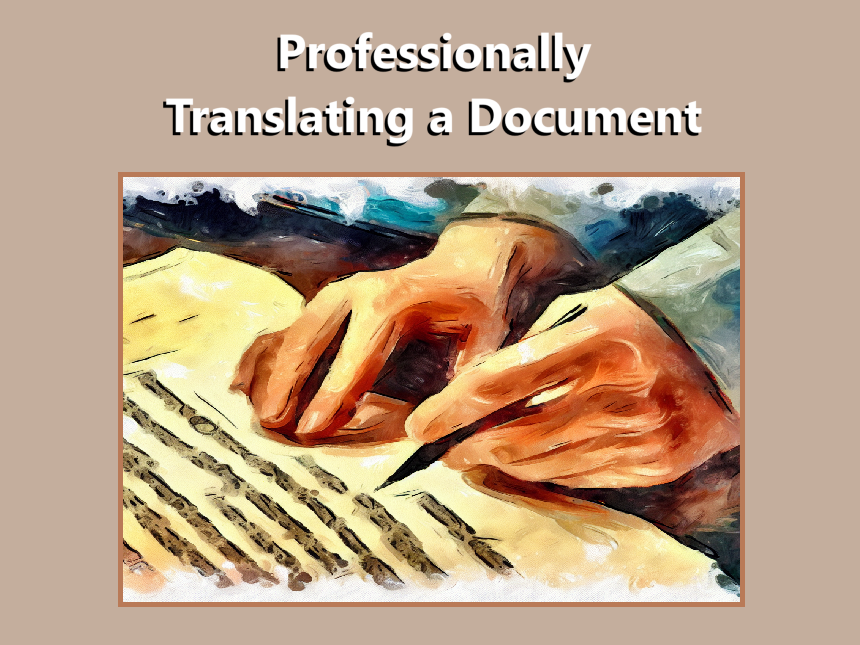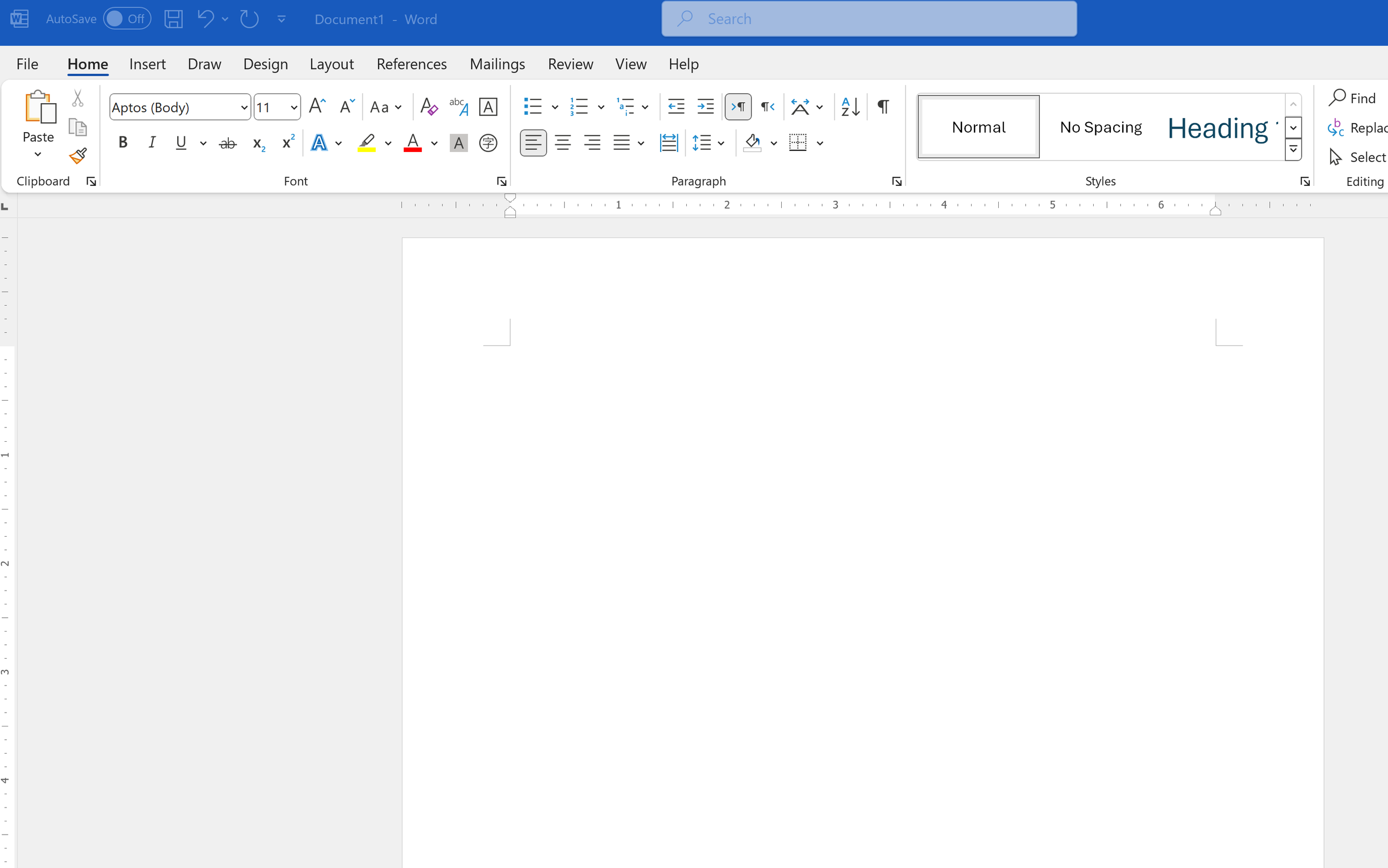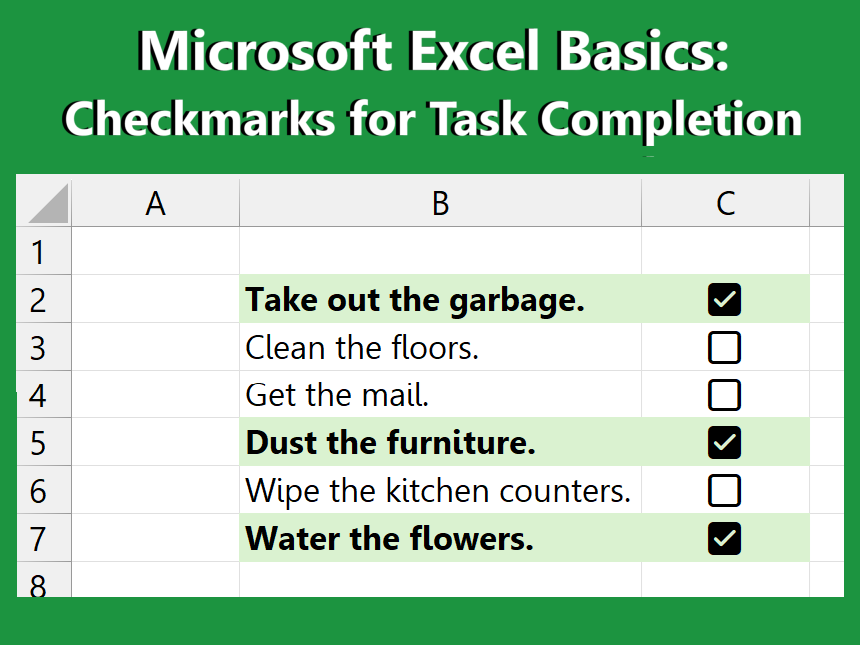Professionally Translating a Document
Looking to get your document professionally translated? We’re here to help!
Read this guide for tips on translating documents and picking the perfect company to assist you in your business or personal needs.
-
Products and services that appear on CouchTripping.com may be from companies from which we receive compensation. Affiliated links allow us to earn revenue as an Amazon Associate. All available product choices may not be included, and we carefully consider the terms/rules of how products may be displayed or advertised at all times.
Products are reviewed fairly and objectively based on customer satisfaction, price, competition, features, and a number of other factors as well. Any ratings that may appear are based on the opinion of CouchTripping.com and its staff in good faith to provide the best product options for the described needs/scenario.
In the age of the internet, and with our ever-changing global landscape, ensuring that your content or documentation is in the most accessible language for your intended audience is vital for widening your reach and growth.
But, unless you are multilingual yourself, you may need help when translating your native language documents into another language that you don’t speak.
Products like Google Translate are generally effective for translating simple or short sentences, but they often struggle with context, grammar, jargon, and other similar considerations that make up our everyday language. For example, in English, imagine how Google Translate might translate the phrase “pitching a fit” into another language. The actual intention of the phrase in the translated language may be lost entirely…
And, even if you take careful consideration to avoid using phrases such as the previous example, you also never know about the inverse scenario, where an entirely innocuous phrase in the native language may mean something much different in the translated language, based on the way its native speakers use/interpret their words.
So, in many cases, it is beneficial to have your documentation professionally translated by someone that speaks the language you desire. They can then look at the words you are saying in your native language, understand the context of what you are trying to say, and substitute words or phrases in place of what you wrote in order to convey the same meaning to the audiences you are trying to reach.
To professionally translate a document, you will want to:
Put the document into an editable format.
Identify the language your document should be translated into.
Contact a professional translation company.
Specify any project requirements.
Sign a mutual NDA (optional).
Get a quote from the translator.
Pay for the work to be completed.
Receive your translated document.
In this article, we will discuss each of these topics in more detail, giving you a better idea on how to professionally translate your desired documents through a translation company.
Let’s dive in!
1. Make the Document Editable
This one may seem like a no-brainer if you are the author of the documents that you are wanting to translate, but there may be times when you are not the original author, and all you have is a picture or a PDF.
While some professional translation companies may accept a PDF as a viable content delivery method, others may be pickier, opting for an easier, editable format such as Microsoft Word or Rich Text Format (RTF).
Generally, it’s much more preferable to provide the translation company with something that they can easily edit, as the more work that they have to do, the more money the translation will cost when all is said and done.
Additionally, there may be formatting errors or inconsistencies in the finished translation that you may want to fix, which will be much easier if the document is already in an editable format.
2. Pick a Language
Once your document is finished and in an editable format like Microsoft Word, now it’s time to pick a language!
If you are translating a document on behalf of a company or client, you likely already know which language you’re going to need based upon specific project requirements.
If, for any reason, you don’t already have a language in mind, it is important to consider your budget when deciding which language(s) to choose, as different languages have different costs for translation. The cost for your translation will depend on what language you are starting from as well.
The reason why costs vary so much from language to language is entirely due to the abundance or scarcity of translators that fulfill the necessary requirements.
Consider researching the costs per word of a few different languages you have in mind to ensure that your budget is aligned with the available resources out there.
3. Contact a Professional Translator
With your document in hand and a desired language in mind, now it’s time to contact a professional translation company to get the ball rolling.
This step may take a few tries, as the first couple companies you contact may not have the necessary resources to accomplish a translation of your desired language pair, or their rates may be outside of the expected range from your prior research.
Additionally, you will also want to be cautious of companies that offer rates that seem too low, as the use of AI and machine translation has become more prevalent in the industry as of late, producing mixed or poor results due to less focus/care on the material at hand.
Most professional translation companies will have a website you can explore to see what languages they offer for translation. You may also find their contact details, such as an email address for inquiries or a phone number.
Leaving them a brief message that introduces yourself and your project’s needs is a great way to contact these services, and they will usually reach out between 1 to 3 business days for more information.
To help get you started, here are two translation companies you may want to look into first for your translation project:
There are numerous translation companies out there, however. Pick the company that seems right for your needs, and don’t be afraid to quote from more than one vendor to get the best price.
4. Tell Them About Your Project
After briefly introducing yourself to the professional translation company that you chose, they will likely follow up and ask for more information regarding your translation project.
These initial conversations are important for laying out your expectations, letting them know about any special requirements you may have, or any other general information that may assist them in translating your document.
You’ll want to tell them the following information about your document, at minimum, so that they can provide you with an accurate estimation of whether they have the time or resources to take on your project:
Language Pair
Document’s original language
What language should it be translated into?
Brief Description of the Document
What kind of content is it written about?
What Format the Document Is In
Word, RTF, Adobe FrameMaker, Corel Ventura, etc.
Word Count or Number of Pages
Expected Delivery Timeframe
Once the translation company has been provided with this information, they will then determine if they are able to accommodate the needs of your project or not.
They may also ask for a copy of your document at this point, which you are welcome to provide if you do not need a non-disclosure agreement (NDA) signed beforehand.
(Refer to the next step for more information about this case.)
5. Sign a Mutual NDA (Optional)
If you are dealing with sensitive documents or are translating documents on behalf of a company, you may need to have the professional translating company sign a mutual non-disclosure agreement (NDA) with an authorized representative from both parties.
A mutual NDA will protect both you and the translating company from any unwanted use of information being exchanged back and forth. The NDA doesn’t necessarily have to be mutual, but it’s a nice gesture to show the translating company that you value their experience in their trade and are willing to keep information about how they conduct their business to yourself.
If you need a NDA signed as part of the quoting process, it should definitely be done before sending any documents over to the translation company for cost estimation. The process flow for your interaction with the translation company should look similar to the following:
Once your NDA is signed by an authorized representative, you’re free to send over any documents that you wish. The translation company can then start working on your quote for cost estimation.
6. Get a Quote
As mentioned previously, once the professional translation company receives the document that you want translated into another language, they can begin working on a quote to tell you how much the translation will cost.
The cost will depend on a variety of factors, such as:
Language/translation rarity
Cost per word
Number of redundant words
Formatting/reformatting
Effort of translation (time spent)
Any other special considerations
The quote you receive from the translation company will likely list a combination of these factors to justify their pricing for the translation. Be sure to look the quote over in great detail to understand where their final pricing is coming from.
Ensure that you are also paying attention to any delivery estimations that are listed on the quote to make sure that the company is able to meet any deadlines you may have for the translation. Translations of a single document may generally take anywhere between 1-4 weeks, so planning ahead is key.
If the quote you receive from the company looks good and the pricing seems fair and competitive, feel free to let them know of your intentions to send payment so they can get the project onto their schedule.
7. Send Payment
After receiving a satisfactory quote from a professional translating company, you will want to ask them about methods of payment and at what point in the process they expect to receive compensation.
If you are limited to paying with a single form of payment, such as a credit card or payment terms (ex: Net 30), you will want to ask the company if they are able to accept your form of payment. Or, if you are not limited to a single form of payment, you may inquire instead about what payment method they prefer from your available options.
Additionally, you will want to ask about payment milestones so that you fully understand when the company expects to be paid for their services.
For example, do they want to be paid in full before starting the project? Are they OK with a down payment before receiving the rest at the end? Is it sufficient to only pay for work completed?
You will want to clarify these kinds of questions with the company before the project begins so that you and the translation company are on the same page when it comes to these important topics.
Remember that you are working together towards a common goal. It’s more than okay to keep in contact with them as the project progresses as well!
8. Receive Your Translated Document
Once any necessary payments are issued for the project to begin, you will then begin the process of waiting for the professional translation company to finish your translation. This will likely take around however long was listed on the quote they provided for the delivery timing.
The translation company may contact you throughout the process, however, if they have any questions regarding the document you provided, such as clarifying any unclear context or similar matters.
When all questions have been resolved and the necessary amount of time has elapsed, the translation company will then provide you with a finished document in your desired language. Exciting!
Look over the document to see if there are any obvious errors you are able to spot (this may be difficult now that it is in another language), and tie up any loose ends that may still be present.
And now you know how to get your document professionally translated into another language!
If you liked this guide, feel free to check out our other Business content, or explore some of our most recent articles below. Thanks for reading!









